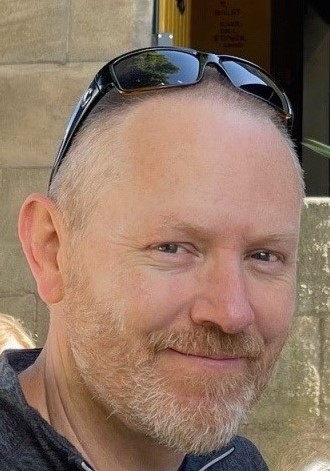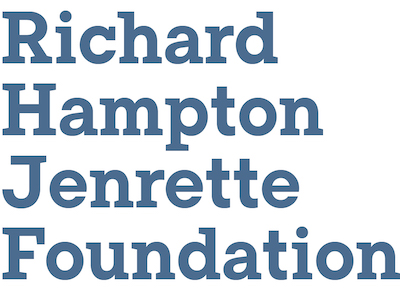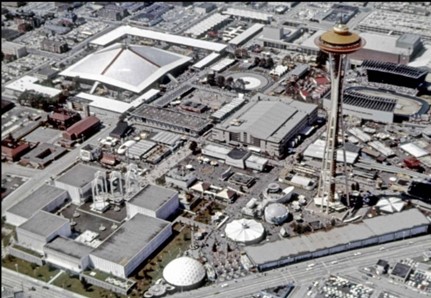- Home
- About APT
- Publications/Resources
- Conferences & Training
- Chapters
- Chapters Overview
- Alberta
- Atlantic Canada
- Australasia
- Central Plains
- APT Canada
- Delaware Valley
- Eastern Great Lakes
- Europe
- Hawaii-Pacific Islands
- Latin America and Caribbean
- Northeast
- Northwest
- Ohio Valley
- Ottawa Valley/Outaouais
- Québec
- Rocky Mountain
- South Asia
- Southeast
- Texas
- Washington D.C.
- Western Great Lakes
- Western
- Committees
- Students
- Partners
Left to Right: 1) Atomium, Brussels World’s Fair, 1958. 2007 view shows Illuminated spheres with LED lighting after renovation (Photo by Kemeter for Wiki. 2) Century 21, Seattle, 1963. 3) 26-story-tall Sunsphere, signature landmark of the 1982 World's Fair, Knoxville, TN. Photo by Carol Highsmith, 2021. Library of Congress.
Adapting the Aspirational Modernism of World’s FairsThursday, January 16, 2025
|
 |
Dr. Matt Sneddon Dr. Matt Sneddon’s interest in public history began with work for the Historic American Engineering Record (HAER) documenting the site of the former Roebling steel wire works in New Jersey. Since then, he has worked on a wide variety of history and cultural resource projects as a HAER historian, consultant for the National Park Service, and historian for Historical Research Associates. Dr. Sneddon brings a background in engineering and specialization in the History of Technology to his work on the built environment. His dissertation at the University of Washington examined the commemoration of science and the “industrial arts” in fairs, expositions, and museums between the Revolution and Cold War with an eye for the political dimensions of nationalistic narratives of technological progress. As a resident of Seattle, he has frequent occasion to walk the grounds of former exposition sites, whether the 1909 Alaska-Yukon-Pacific Exposition or 1962 Century 21 Exposition, now part of the city’s urban fabric as university campus and civic center. |

Online Educational Content Sponsor
Back to Upcoming Events |

